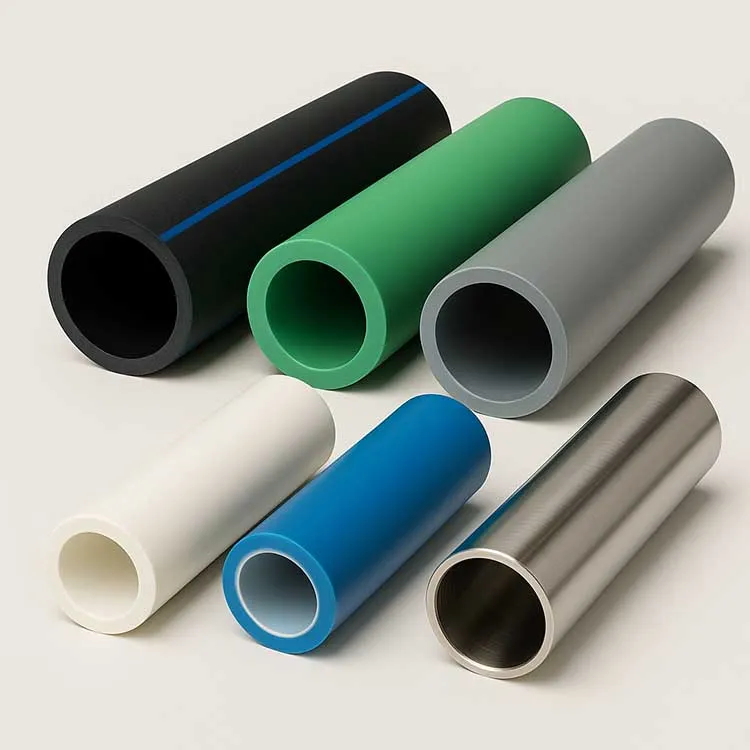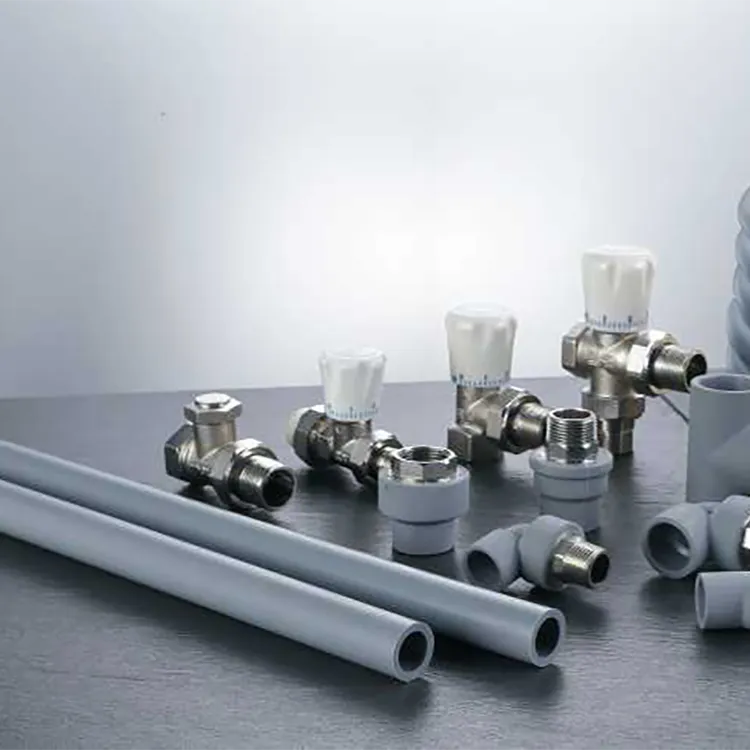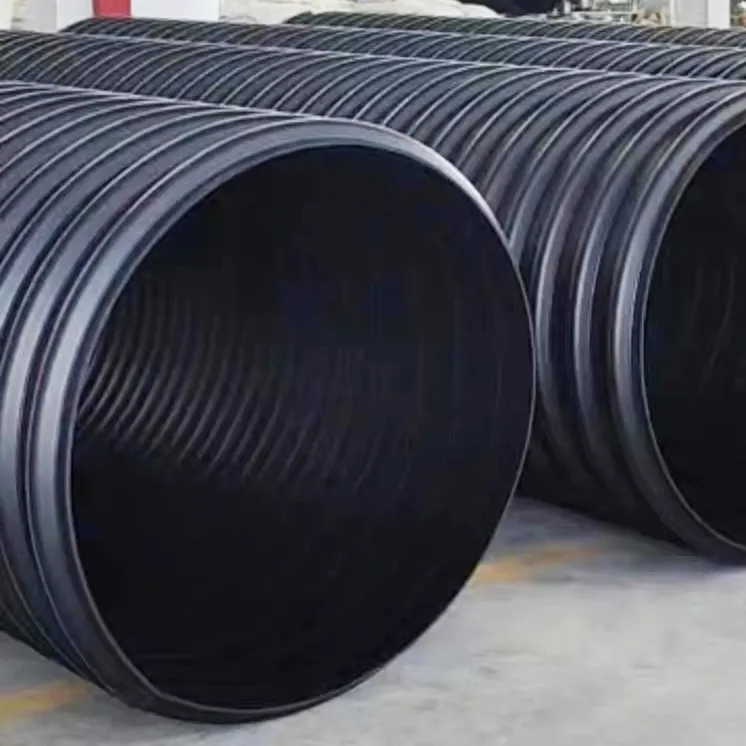The right size
24 inches (approximately 610 mm in diameter) HDPE culvert pipe is one of the common sizes used in bridge and tunnel engineering. A culvert pipe of this size has sufficient volume to handle large volumes of water flow and meet drainage needs.
Size is one of the key factors in choosing the proper HDPE culvert pipe. In bridge and tunnel engineering, 24 inch (approximately 610mm diameter) HDPE culvert pipe is a common size and is widely used in drainage systems.
This 24-inch HDPE culvert pipe has a modest diameter that allows it to accommodate large volumes of water flow. The larger diameter provides a larger cross-sectional area, enabling the culvert pipe to handle greater volumes of water and accommodate changes in water flow. In bridge and tunnel engineering, there are often drainage needs such as rainwater discharge, surface water collection, and groundwater drainage, so a culvert pipe that can handle large amounts of water is required.
The large capacity of the 24-inch HDPE culvert pipe helps to reduce the velocity of water flow and reduce the scour and erosion of the bridge or tunnel foundation by the water flow. In addition, the appropriate diameter size also helps to reduce the resistance and pressure of water flow and improve the efficiency of the drainage system.
In addition to ample volume, the 24” HDPE culvert pipe is sized for ease of installation and maintenance. The relatively large diameter makes the culvert pipes easier to connect and arrange, reducing the workload and time during installation in bridge and tunnel works. In addition, large-diameter culvert pipes usually have better stability and compression resistance, and can withstand the effects of external pressure and changes in groundwater levels.
From the above information, it can be seen that the 24-inch HDPE culvert pipe is moderate in size, has sufficient volume and water flow handling capacity, and can meet the drainage needs in bridge and tunnel projects. They have the advantages of easy installation and high stability, and are a widely used culvert pipe size in engineering.
Excellent material performance
HDPE culvert pipe is manufactured from high-density polyethylene (HDPE), which has excellent flexibility and corrosion resistance. HDPE material is resistant to chemicals, UV rays and abrasion, and can be used for a long time under harsh environmental conditions. HDPE culvert pipes are manufactured from High Density Polyethylene (HDPE), which has several excellent properties that make it an ideal choice for bridge and tunnel projects.
Flexibility:
HDPE material has excellent flexibility and is able to maintain its shape under greater stress without cracking or deforming. This flexibility enables the HDPE culvert pipe to adapt to the settlement of the soil and the deformation of bridges and tunnels, thereby reducing the stress concentration of the structure and enhancing the stability of the system.
Corrosion resistance:
HDPE material has excellent corrosion resistance and can resist the erosion of chemicals, acid and alkali, and corrosive substances in the soil. This corrosion resistance enables HDPE culvert pipes to be used for a long time under harsh environmental conditions such as bridges and tunnels, and is not easily affected by corrosion, prolonging its service life.
Wear resistance:
HDPE material has excellent wear resistance and can resist the erosion and abrasion of water flow and particulate matter. In bridge and tunnel engineering, culvert pipes are often faced with water erosion and erosion of solid particulate matter, so they need to have wear resistance to maintain their long-term stable drainage function.
UV resistant:
HDPE material has good UV resistance and can resist aging and deterioration caused by sunlight. In outdoor environments, especially in open areas above bridges and tunnels, HDPE culvert pipes can withstand long-term sunlight without becoming brittle or cracking.
It can be seen from the above material properties that the HDPE culvert pipe is made of high-density polyethylene (HDPE) material, which has excellent flexibility, corrosion resistance, abrasion resistance and ultraviolet resistance. These characteristics enable HDPE culvert pipes to be used for a long time under various harsh environmental conditions and provide reliable drainage functions, providing an important guarantee for bridge and tunnel projects.
Easy to install
The 24” HDPE culvert pipe is relatively easy to install, and the desired length can be achieved by connecting multiple sections of pipe. During installation, it is necessary to ensure that the pipes are properly laid and connected to other drainage systems in bridge and tunnel works to ensure the smooth operation of the entire drainage system.
Specific case:
A city plans to build a new bridge. In order to meet the drainage demand of large water flow, 24-inch HDPE culvert pipes are selected as part of the drainage system. According to the engineering design, culvert pipes are installed under the bridge foundation to collect and discharge surface water and groundwater. By optimizing the number, layout and connection mode of culvert pipes, the smooth operation of the bridge drainage system is effectively ensured, and structural problems caused by accumulated water are reduced.
Conclusion
24 Inch HDPE Culvert Pipe has a wide range of applications in bridge and tunnel engineering. Its suitable size, high-quality materials, versatility and easy installation process make it ideal for ensuring the effective operation of drainage systems. In actual engineering, reasonable selection and installation of HDPE culvert pipes can improve the reliability and durability of the project.
Please note that the above case is to illustrate the application of HDPE culvert pipe in bridge and tunnel engineering, not based on actual specific data. In actual engineering, the use of culvert pipes needs to be planned and evaluated in detail according to specific project requirements and engineering design.



981.webp)

 (1)379.webp)

294.webp)
476.webp)
420.webp)
146.webp)
460.webp)
287.webp)
274.webp)
688.webp)


